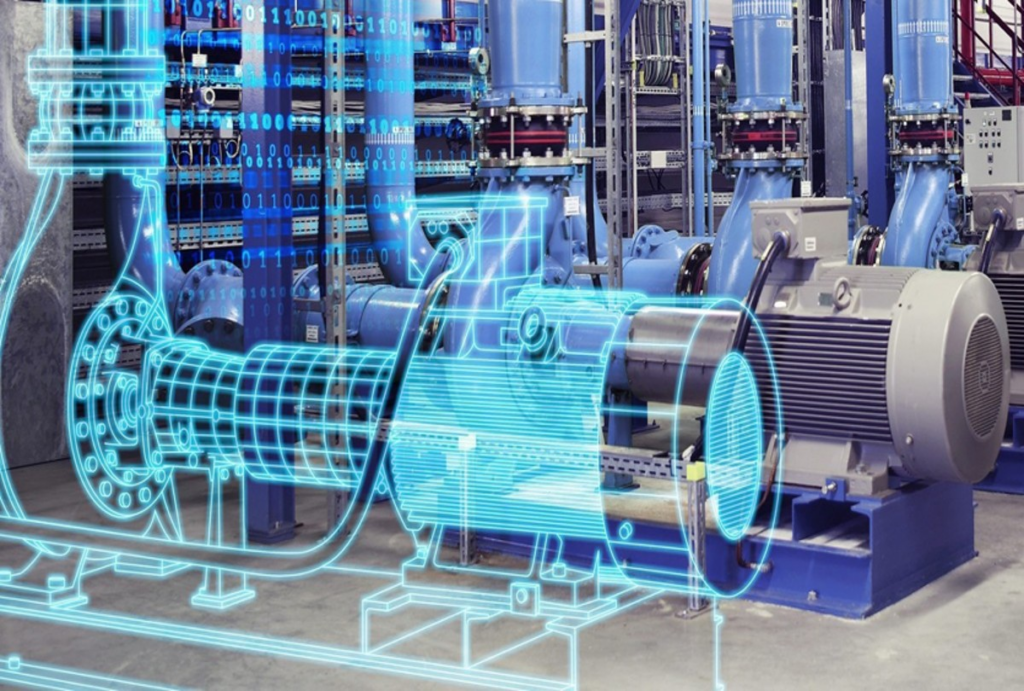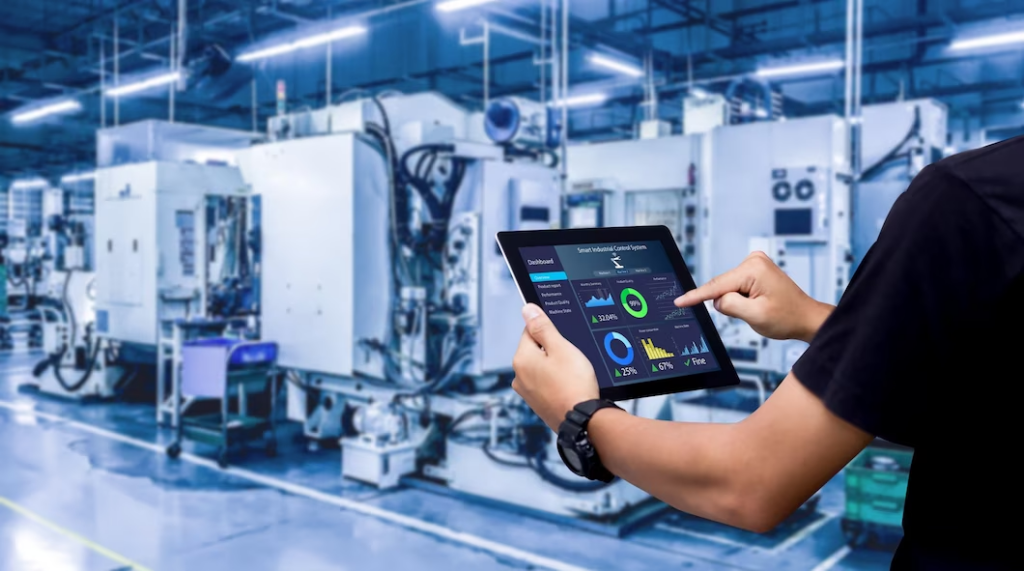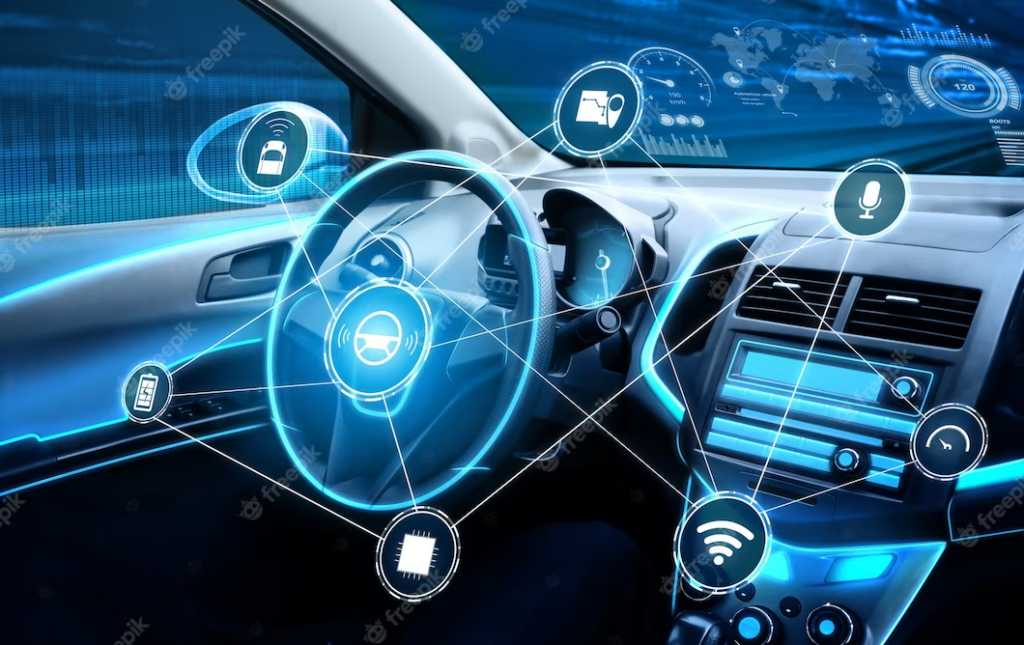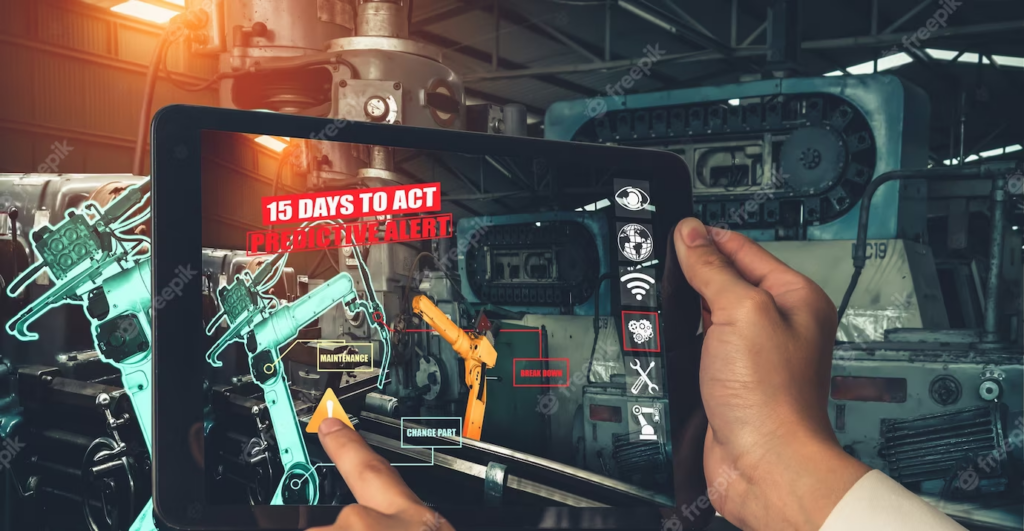The Future of IoT: Trends and Predictions for 2023
The Internet of Things (IoT) has come a long way since its inception over a decade ago. What started as a simple concept of connecting devices to the internet with limited applications and questionable security has evolved into a complex network of interconnected devices and systems that are changing how we live and work.
From smart homes to industrial automation, IoT has made its mark on virtually every industry. Overall enterprise IoT spending grew 21.5% in 2022 to $201 billion.1 But where is IoT heading in the future? What new trends can we expect to see?
In this blog, we’ll explore some of the exciting new developments that are shaping IoT’s future. To give a quick preview, here’s the list:
- Digital Twins
- AI and IoT
- Novel Sensor Technology
- 5G Automotive Services
- Innovation at the Chip Level for IoT devices
- Healthcare and IoT
- IoT Security
- New interfaces and experiences for users
- New technologies for connectivity
- Manufacturing with IoT
Get ready to dive into the new development of IoT and discover how these technologies are revolutionizing businesses and industries.
Free Infographic: Latest updates on IoT Technology!
Top 10 IoT trends and Predictions for 2023
Digital Twins
Digital twin remains one of the fascinating IoT trends of 2023. From engineering & production to the manufacturing landscape, industries are using digital twin technology to diagnose, optimize, monitor, and control asset utilization and performance.
Other industries embracing digital twins are healthcare & pharmaceutical to predict the results of new medication or treatment. Energy and power companies are also using digital twins to make their processes more efficient and reduce their carbon footprint.

Since its recognition in 2020, the digital twin has attracted more traction due to its astounding results. Experts predict a staggering 58 percent annual expansion rate between 2021 and 2026.2 In recent years, the estate business is also using digital twins to support better ideation and collaboration.
In the aftermath of the COVID-19 pandemic, organizations are seeking to establish reliable supply chains and logistical solutions, and digital twins are expected to play a crucial role in achieving this goal.
AI and IoT
IoT device proliferation has given businesses access to granular data about their operations that were previously not possible. Companies can obtain comprehensive information about their personnel, productivity, service or product quality, and other factors. Businesses have begun to use this information to create and power their artificial intelligence models.
Businesses may automate more operations and raise the caliber of their goods and services by incorporating AI into their systems. Several IoT solutions with edge processing capabilities have emerged over the past year.
With the help of these technologies, businesses can put AI closer to the sensors or actuators, lowering connectivity needs and enabling the internet of things systems to make decisions more quickly. Also, they have made it possible for the deployment of IoT solutions across a wider range of sectors and uses.
Novel Sensor Technology
While sensor technology has long had an impact on how manufacturers, industrial organizations, and utilities operate, the addition of IoT to sensors has increased the impact and use cases, bringing more connectivity and analytics to processes than ever before. Today, smart factories, smart cities, smart buildings, and connected individuals collect real-time data for real-time insights and decision-making using an array of smart sensors.

Gartner predicts that sensor technology will continue to advance through 2023. Also, we can anticipate price cuts for current sensor technology, which will lead to a decrease in the cost of IoT solutions. Gartner also forecasts advancements in algorithms that will aid in gaining more knowledge from the current sensor technologies.
5G Automotive Services
The availability of more affordable devices as well as rising demand from businesses and consumers are two factors that are propelling the adoption of 5G and the IoT. Improvements like network slicing, private & dedicated networks, and 5G core will eventually aid in realizing the dream of a worldwide IoT network that can accommodate a huge number of connected devices.

The rollout of 5G services has also encouraged advances in connected automobile technology. As a supplement to their customers’ 5G plans, numerous operators are attempting to introduce connected car services. This is anticipated to improve vehicle-to-vehicle communication, increase situational awareness of ADAS systems, and lower crash rates.
Innovation at the Chip Level for IoT devices
This year, we may anticipate additional specialized chips for IoT systems that make use of their unique benefits and use cases.
The acceptance of edge computing and AI in IoT systems has been a major force behind these improvements. The industry is reacting with new architectures and instruction sets in response to organizations’ demands for additional processing power at the edge.
We can anticipate customized chips that can manage neural networks and AI systems at minimal power by the end of 2023. Naturally, these modifications will encourage further development of AI systems that make use of the new chips.
Healthcare and IoT
IoT has advanced into healthcare over the past few years, with devices including connected medical equipment, voice assistants, and smart wearables. The market is anticipated to reach $267 billion by the end of next year.3

Wearables are expected to become smarter with integrated sensors that can better assess different characteristics in the future year. Moreover, intelligent at-home sensors will be used to track patients’ vital signs. Forbes claims that the idea of a virtual hospital will become popular where medical professionals will supervise and take care of patients remotely.
Real-time actionable insights are still possible through end-to-end medical IoT remote monitoring. Medical professionals can choose a course of treatment more quickly and intelligently with access to real-time patient data. Healthcare organizations can even extend their care with at-home services, reducing the service expenses for patients.
IoT Security
IoT security is still a key concern with evolving standards and guidelines for product cybersecurity. Businesses want to integrate IoT solutions for their consumers effectively. This is why they are looking to adopt the idea of Security by Design where products are created with security in mind right from the start. And just not that, it is also included at every stage of the IoT journey, in every component, tier, and application.
Another method is securing IoT networks and devices with a large number of endpoints. This will help identify potential dangers, protect them against attacks, and quarantine devices when infected.
New interfaces and experiences for users
Manufacturers have started looking towards new user interfaces as IoT becomes more commonplace in the consumer market. Businesses are abandoning the practice of just attaching a touchscreen to smart devices and calling it a day. For instance, many automakers are beginning to understand that using touch screens to interact with infotainment systems is not the greatest option.

Manufacturers have also begun to create different forms of smartphones and wearables, calling for new user interfaces. In addition, the use of voice and digital assistants is rising, so in the coming year, we anticipate seeing new and innovative UI for IoT devices.
New Technologies for Connectivity
Many companies began selling NBIoT services for IoT devices in the previous year. The tendency is anticipated to continue into the next year. Manufacturers should experiment with novel connectivity methods for a variety of use cases, as well. Opportunities for OEMs to manufacture new IoT products may arise due to developments in 5G and satellite internet access.
Manufacturing with IoT
IoT employs sensors, which can assist managers in spotting mechanical issues before they become serious. Before dispatching technicians to address problems, problems are discovered. For those responsible for preventive maintenance, sensors are advantageous. The Internet of Things has been used in smart manufacturing. Workers can see the safety and working conditions in the workplace thanks to wearable technology.

IoT and wearables link management to industrial floors. Mobile devices can link to wearables. Feedback is possible, time management is improved, and safety is increased. Every day, improvements in preventive maintenance are made. Thanks to IoT, they won’t be stopping any time soon. One of the most current industrial IoT developments is undoubtedly this one.
Build IoT-Enabled Solutions for Your Business with iLink Digital!
As IoT technology continues to evolve, we can only imagine endless possibilities. So, if you’re a business owner or leader, don’t be left behind in this exciting revolution – embrace IoT today and unlock the full potential of your enterprise!
With 20 years of experience, iLink has provided clients from all around the world with specialized IoT solutions for their companies. Our team is made up of accomplished engineers, designers, and project managers with vast expertise in creating digital tales that change the game.
If you’re ready to take that first step into the future of IoT, feel free to reach out!
You can explore our services here!
Endnotes
2. https://entrerayas.com/2021/01/building-industry-technology-company-cityzenith-is-forecast-to-explode-onto-the-world/#:~:text=The%20worldwide%20Digital%20Twin%20market,a%20recent%20Markets%20%26%20Markets%20report.


